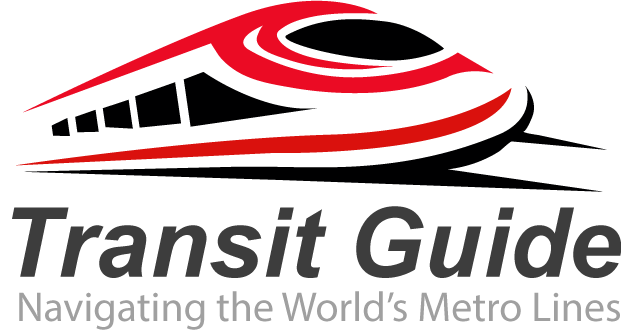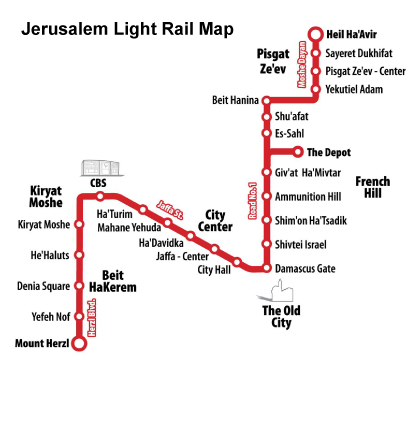The Jerusalem Light Rail represents a revolutionary transformation in how residents and visitors navigate Israel’s historic capital. This modern transportation system has become an essential part of daily life, connecting key neighborhoods, religious sites, and cultural attractions across the city.
Overview of Jerusalem’s Light Rail System
Jerusalem’s light rail system currently operates one main line, known as the Red Line, which spans approximately 23.5 kilometers from Pisgat Ze’ev in the north to Mount Herzl in the southwest. The system serves 38 stations and carries over 150,000 passengers daily, making it one of the most successful public transportation projects in Israeli history.
The light rail began commercial operations in 2011 and has since become the backbone of Jerusalem’s public transportation network. Unlike traditional subway systems, the light rail operates at street level for most of its route, seamlessly integrating with the city’s urban landscape while providing efficient, environmentally friendly transportation.
Key Routes and Major Stations
The Red Line connects numerous significant locations throughout Jerusalem. Starting from the northern terminus at Pisgat Ze’ev, the route passes through French Hill, the Hebrew University, and continues to the city center via Jaffa Road. Major stations include City Hall, Central Bus Station, Mahane Yehuda Market, and the Old City area near Damascus Gate.
The western section serves neighborhoods like Kiryat Moshe, Yefe Nof, and terminates at Mount Herzl, home to Israel’s national cemetery and the Yad Vashem Holocaust Memorial. This comprehensive coverage makes the light rail ideal for both daily commuters and tourists exploring Jerusalem’s attractions.
Ticketing and Payment Options
Jerusalem Light Rail uses a modern electronic ticketing system called “Rav-Kav.” Passengers can purchase single-ride tickets, daily passes, or load money onto rechargeable cards. Tourist passes are available for visitors, offering unlimited rides for specified periods. Ticket validation is required before boarding, and inspectors regularly check for valid tickets throughout the system.
Payment can be made at station machines using cash, credit cards, or mobile payment apps. The system also integrates with other Jerusalem public transportation, allowing seamless transfers between light rail and bus services.
Future Expansion Plans
Jerusalem’s light rail network is set for significant expansion. The Green Line, currently under construction, will add another 20 kilometers of track, serving eastern and southern neighborhoods. Additional lines are in planning stages, promising to create a comprehensive metro network that will further reduce traffic congestion and improve air quality.
Tips for Using Jerusalem Light Rail
For first-time users, arrive a few minutes early to purchase tickets and familiarize yourself with the system. The light rail operates Sunday through Thursday from early morning until midnight, with reduced hours on Fridays and no service on Saturdays due to Shabbat observance.
During peak hours and major Jewish holidays, expect crowded conditions. The system is wheelchair accessible, and announcements are made in Hebrew, Arabic, and English. Real-time arrival information is displayed at stations and available through mobile applications.
Jerusalem’s light rail system continues to evolve, representing a modern solution to urban transportation challenges while respecting the city’s unique cultural and religious character.

